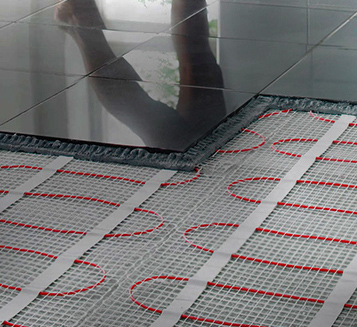Professional xps sandwich panels manufacturers
More than 10 years OEM experience
More than 10 years OEM experience

- Tel:0086-571-88075683
- Fax:0086-571-88079153
- Email:info@hztyco.com
- Whatsapp:0086-13958153698

1. Stair partition wall without heating (1) The heat co […]
1. Stair partition wall without heating
(1) The heat consumption of the stair partition wall of the residence without heating has a greater impact on the energy consumption of the building. Taking a multi-storey house as an example, the area of the stair partition wall of each unit is almost equal to the surface of the north outer wall. Therefore, insulation of the stair partition wall should be done well.
(2) In addition to 240mm thick sintered porous bricks, autoclaved fly ash bricks and other walls outside the walls without heating, it is also used as an emergency evacuation channel for firefighters in consideration of the traffic function of the stairwell. Hard PU should not be used. For high-efficiency insulation materials such as EPS board, rubber powder EPS particle insulation slurry is more suitable for insulation. For specific construction points, see the insulation slurry system construction.
2. The method of household wall insulation
In residential buildings, neighboring residents sometimes stop heating, so that the heat in the heating residents with higher room temperature will be transferred to the residents with lower room temperature. In order to ensure the quality of the thermal environment of the heating households, and to be more fair and reasonable after the household heat measurement in the future, the residential wall and floor slabs should have a hole insulation capacity, and the heat transfer coefficient of the residential wall should not be greater than 1. . 7W/(m2.K), the heat transfer coefficient of floor slabs between floors should not be greater than 2.0W/(m2.K).
The insulation of the household wall generally adopts the method of applying rubber powder EPS particle insulation slurry. When the household wall is 240mm thick sintered porous brick and autoclaved fly ash brick, the insulation layer is not required.
